The March rains have undoubtedly set a more favorable stage for the upcoming mango campaign in the Spanish province of Malaga, where the fruit is already growing on the trees. Not only has the soil been significantly rehydrated, but the water reserves, critical for Malaga's subtropical sector, have been refilled. Such is the case of the La Viñuela reservoir, which has gone from holding 8% of its total capacity to over 18.6% in just one month.
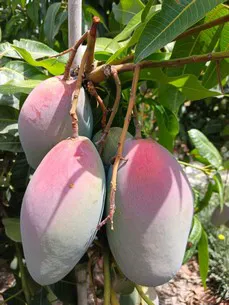 "We need to be positive, as up to 100 and 200 liters have fallen in some areas, but it's also important to remember that there is still a drought; however, it's a big change compared to the situation we had 6 months or a year ago, and these rains will help the mango withstand the summer," says Álvaro González, from Tropicsur.
"We need to be positive, as up to 100 and 200 liters have fallen in some areas, but it's also important to remember that there is still a drought; however, it's a big change compared to the situation we had 6 months or a year ago, and these rains will help the mango withstand the summer," says Álvaro González, from Tropicsur.
"Growers will have to continue looking for irrigation solutions with tanks, or with reclaimed water, for those who can access it, but thanks to these rains, we hope to have a mango campaign with a greater volume than that of the previous one, which was historically low, and that regardless of the sizes, the fruit will generate some profit for the producers. We also hope that marketers will once again provide work, both directly in their facilities and indirectly in the region. We, in particular, are looking forward to this season, as in recent years we have positioned ourselves as a leader in the Spanish mango sector, and it's a fruit we enjoy working with."
"Good water management will be essential to ensure we'll do fine until the next rains, and we are aware that if it doesn't rain again in the spring, it probably won't until October or November," says Álvaro. "So far, the water has had a very positive impact on the flowering and setting, and everything points to the next harvest possibly being much superior to last year's."
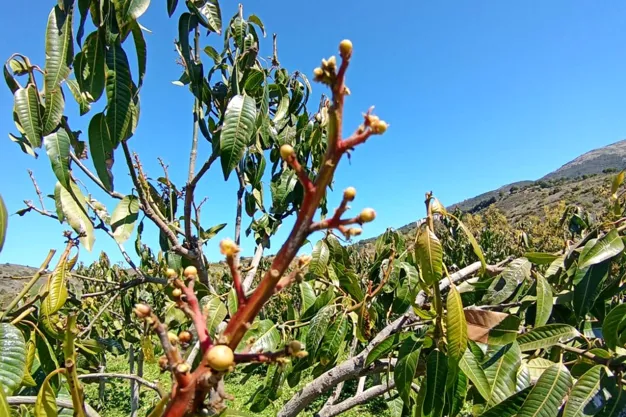
"Many growers this year had not dared removing the first flowering and the rain has been very beneficial for them"
Mango trees can flower twice, and this feature determines the crop's agronomic management in Andalusia. "In the Axarquía, the first flowering, which occurs in February/March, is removed to avoid mishaps due to the cold, and the fruit harvested comes mainly from the second flowering, which occurs in April/May. This allows for the setting of a greater amount of fruits of the most valued sizes," says Juan Miguel González, from Tropicsur.
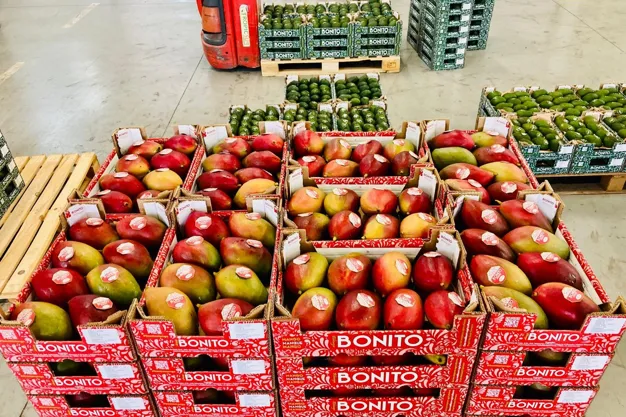
"Last year, the flowers from the first flowering were cut, as spring rains were still awaited, but unfortunately, there were none. Due to the drought, the trees hardly had the opportunity to flower a second time, and was one of the factors behind last year's very low production."
"To give a drastic example, one of our suppliers, who normally harvests about 200-300 tons of mangoes, only obtained 9 tons last year. Like him, many growers this year did not dare removing that first flower, and the rain has come at a very good time for the fruit."
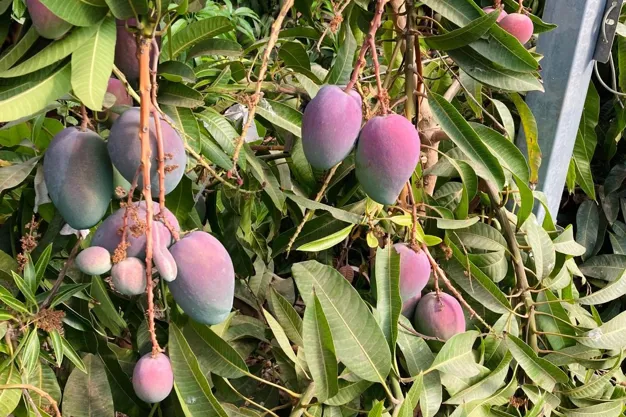
"When Spanish mango arrives in the market, whether early or not, it faces little competition"
Although different varieties of mango are cultivated in Andalusia, starting the campaign with early varieties that are actually grown in greenhouses, like the Irwin, the predominant variety is the Osteen, which reaches the markets in late August/September. However, the fact that fruit has set from that first flowering means the campaign could start earlier than in years when the fruit set a month later.
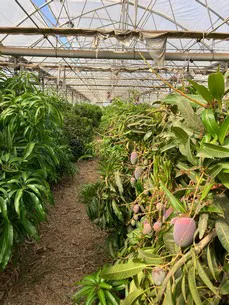 "It's very difficult to make forecasts and only during the summer will we get answers to our questions. Much will depend on how the trees respond, because if there is fruit available, the mangos could start to be harvested earlier, in part also to make things easier for the tree."
"It's very difficult to make forecasts and only during the summer will we get answers to our questions. Much will depend on how the trees respond, because if there is fruit available, the mangos could start to be harvested earlier, in part also to make things easier for the tree."
"In August, the African mango campaigns will come to a close, so there will stop to be fruit from Senegal, Ivory Coast or Burkina Faso, and Peru won't have started yet, so there's a nice commercial window to fill. However, regardless of whether there is fruit from other origins or not, Spanish mango is highly appreciated and demanded in Europe, and when it arrives in the market, whether early or not, it will face little competition."
 For more information:
For more information:
Tropicsur
Camino de Coin, urb. Salmerón s/n (Recinto Tropicsur)
29120 Alhaurín el Grande, Maálaga, Spain
Tel.: +34 951 509 400
[email protected]
www.tropicsur.es










